Family: Bufonidae
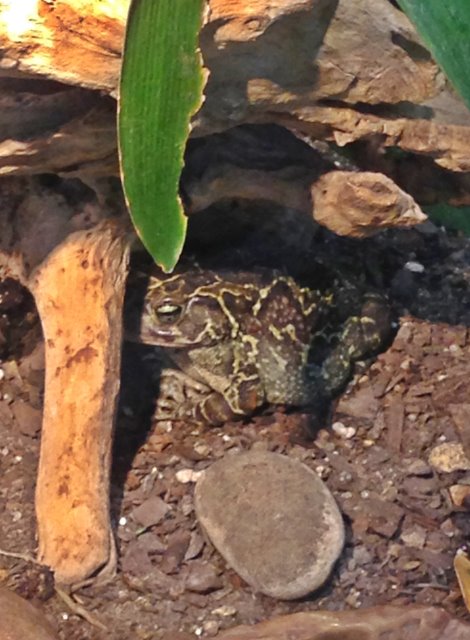
Description
These toads can reach the impressive size of about 14 cm in body length and can live up to 13 years. They have a rough skin which has a pattern of chocolate to reddish-brown patches with a bright yellow or black edging, on a pink or grey background usually a yellow stripe running the length of the back between the patches. The underside is granular and cream coloured, with a darker throat in males. The eyes are relatively large with horizontally elliptical pupils.
Distribution
Two macro-populations exist, broadly referred to as the Cape Town and Overberg clusters. Its natural foraging habitats is Mediterranean-type shrubby vegetation, falling within several vegetation types including Cape Flats Sand Plain Fynbos and Cape Flats Dune Strandveld.
Habitat
The species is not restricted to pristine habitat as much of its historical feeding grounds currently fall under residential suburbs, hence leopard toads are often found living in suburban gardens. Breeding habitat includes swamps, freshwater lakes, intermittent freshwater lakes, freshwater marshes, intermittent freshwater marshes, urban riverine watercourses, natural ponds and garden ponds.
Reproduction
Breeding occurs mainly in August when the toads return to their native wetland ponds to breed. Breeding depends mainly on rainfall and temperature. The female deposits thousands of eggs in a string of jelly. Metamorphosis takes more than 10 weeks from a toadlet/tadpole to a toad and it takes 1 to 3 years to reach maturity for males and 2 to 6 years for females.
Behaviour
They are not great swimmers as their feet are not as webbed as frogs feet. They spend most of their time away from water but do have to live fairly close to wetlands for breeding. They eats snails, bugs, beetles, earthworms and caterpillars. They generally call at night and tend to call in choruses of up to 50 toads
Conservation status
The Western Leopard Toad is classified according to the IUCN Red List as an Endangered species. This is based on: its restricted distribution and habitat, habitat that is severely fragmented; and a continuing decline in the extent of distribution, area and quality of habitat, and the number of locations/populations and mature individuals.
Volunteers thus play a critical role in conservation efforts for the species. These volunteers are mainly involved during breeding season migrations, which fall between late July and early September, timed with the arrival of the first post-winter warm weather. It is at this time when the highest number of individuals are threatened, as individuals cross busy roads to and from local breeding habitat. Large-scale efforts across the distribution incur over nights during this time to move toads over roads, collect data and flag down motorists. Since March 2011 road signs have also been placed at ten of these crossings to alert motorists. It is envisaged that the signs would encourage motorists to slow down and take heed of the amphibians, especially at night.
Links: Vincent Carruthers: Frogs and Frogging in Southern Africa
http://www.africanpenguin.co.za/toadfacts.html
http://en.wikipedia.org/wiki/Western_leopard_toad
FrogMAP Species text: http://frogmap.adu.org.za/Species_text.php?sp=345



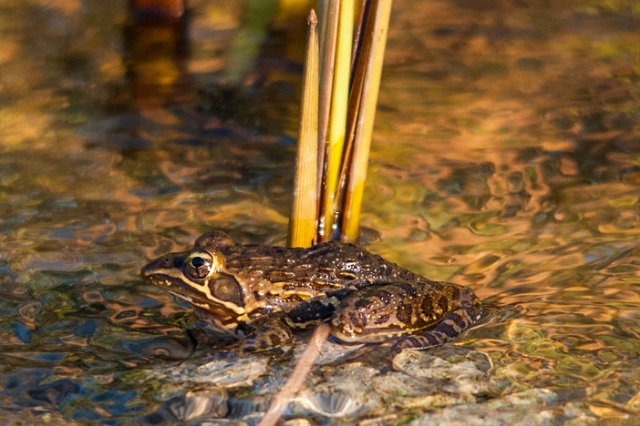 © Joan
© Joan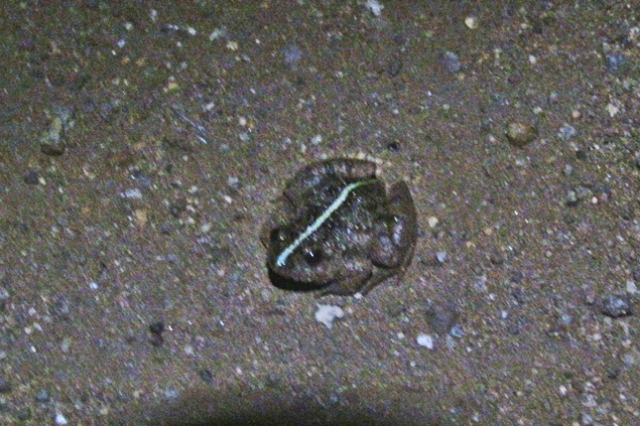 © Flutterby
© Flutterby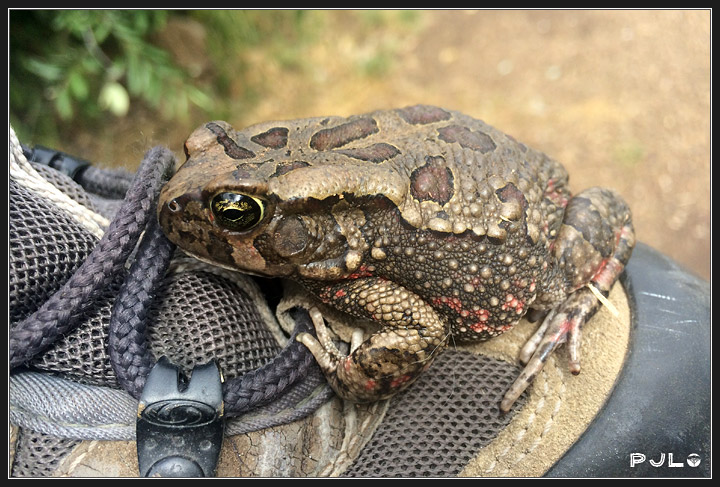 © PJL
© PJL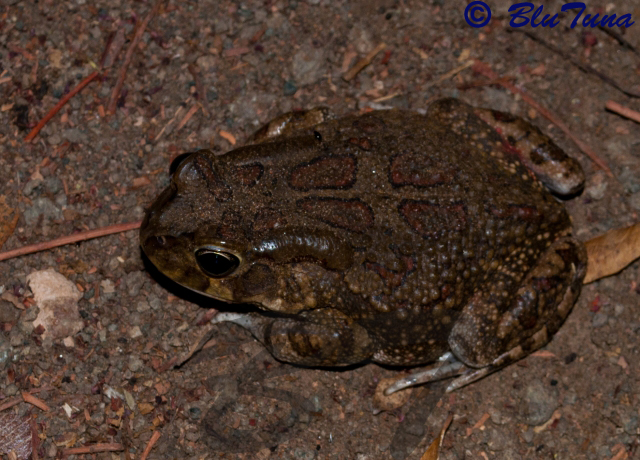 © BluTuna
© BluTuna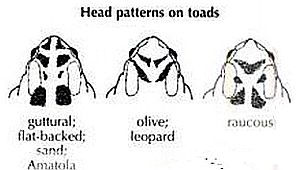
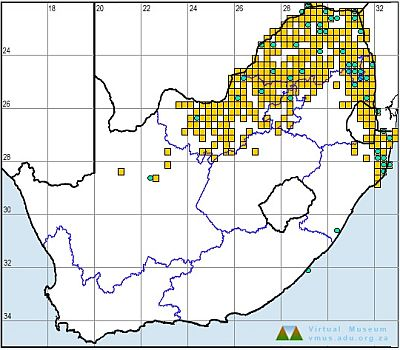
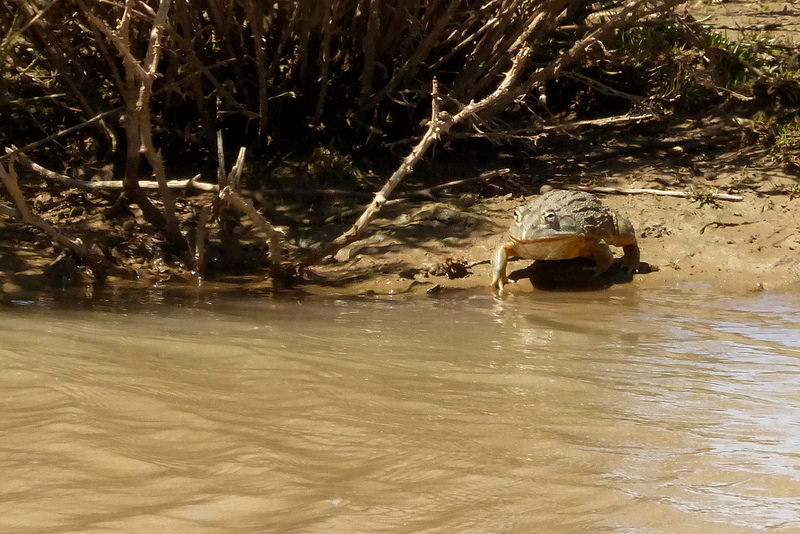
 © nan
© nan